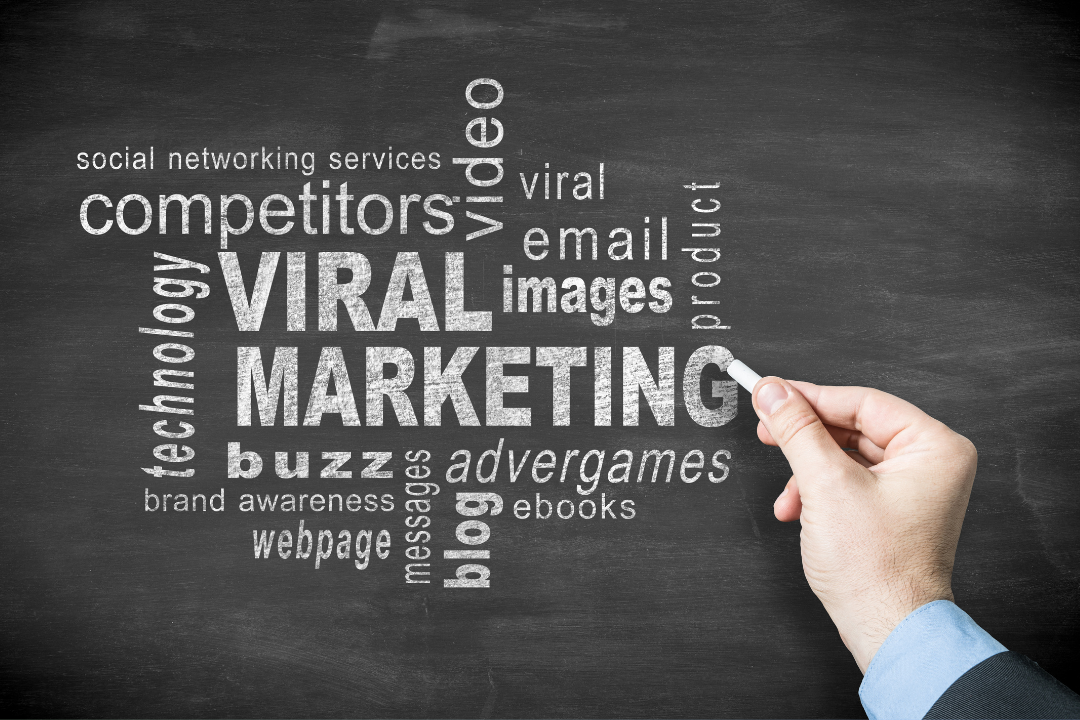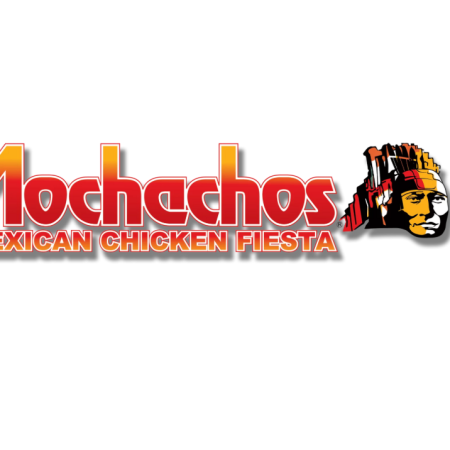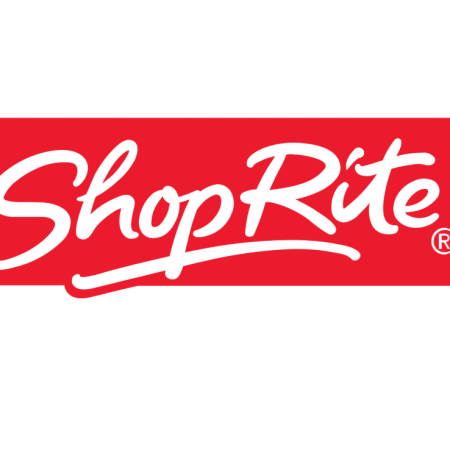Introduction
Viral marketing is a form of marketing where a company or individual creates a message designed to be shared with others, hoping that it will spread fast and result in many people taking action, such as purchasing a product or signing up for a service. It is often used to build interest in a product or service quickly and cheaply since it doesn’t require a large marketing budget to get started. This blog will discuss where to begin when using viral marketing, the advantages and disadvantages of using viral marketing as your strategy, and a few examples.
Where to start with viral marketing
- Reflect on why you want to go viral in the first place
When considering going viral, it is usually to get more “mentions” and brand awareness and to catch customers’ attention. Having a plan of action with your content is necessary, and viral campaigns are no different. Aligning viral attempts with your overall goals will guide you toward creating meaningful content.
- Become a Master of Social Media reporting
It is essential to know what resonates with your followers, whether you’re looking to curate or create content with the potential to go viral. Do research by monitoring these social media metrics. Each of these social media metrics can give you insight into what has shareable potential.
- Audience engagement
- Keyword traffic and performance
- Page impressions
- Clicks and reach
- Demographic data
- Make sure your content is primed for sharing
It is essential always to ensure your content is optimised for quick and easy sharing for it to go viral, making sharing as seamless as possible instantly. You can make your audience have an easier time sharing by:
- Providing several different routes to share (like on Twitter and TikTok, etc.)
- Giving away free products or services
- Finding the common motivations of your primary audience
- Asking questions that get viewers or readers thinking and talking (Viewer engagement)
- Never restricting or gating your content
- Use hashtags to spread the word
Hashtags go hand in hand with more social shares. Relevant hashtags make it more visible and memorable to the audience. Taking the time to create a hashtag is likewise worthwhile for tracking the success of your content in terms of mentions and shares.
- When in doubt, consider trendjacking
This is arguably the easiest way to raise brand awareness without going viral yourself. Trendjacking means piggybacking your brand onto a meme, relevant pop culture reference or viral trend. For example, Enterprise hijacked the attention and brand endorsements around the Sprinbok World Cup by launching a “Springbux”. Although officials stopped the initiative as Enterprise is not a formal sponsor, the campaign went viral quickly and had an impact before it stopped.
- Humanise your content
Brands tend to see more shares when their content is humanised or appears genuine. Anything you can do to remove the corporate taste of your content is a plus. In this case, being organic, personable and relatable is essential. Castle Lite launched a tremendous viral campaign to coincide with the World Cup, the “Grannys/Gogos” campaign, featuring the grannies of World Cup players telling their stories of support and ending up by toasting with a Castle Lite. The campaign is relatable and emotional and is getting a lot of traction.
Advances and Disadvantages of Using Viral Marketing
Advantages
- Remarkable growth in less time
Individuals compare it to a virus-like characteristic – It is contagious. Once it becomes available to the public, it spreads everywhere, affecting sales and profit. Humour is incredibly effective. South Africans enjoy laughing at themselves, and ads like “My Kreepy teacher” reached over 5 million views as it was shared widely.
- Gain more credibility
Credibility is gained with time due to personal recommendations. It happens through word-of-mouth or any communication strategy between individuals and their network. An individual gets higher traffic and better comments that work for the business on a positive note. This is where the work of influencers can get real traction.
- Better visibility
The content is being recommended, shared, commented upon, and discussed among the audiences. This results in better product discussion, which leads to greater visibility. It also helps if the ad is shared on multiple platforms, from TikTok to WhatsApp.
- Cuts the promotional costs
When a business/product gains enough visibility and popularity around the internet, promotional costs will be lowered because spending an extra amount on promoting the site, as in the beginning, will no longer be necessary.
Disadvantages
- Spam
Viral marketing could include sending emails and comments on blogs and forums. It could be construed as spam or an invasion of privacy if unwelcome.
- Competition
Association with unknown groups and individuals could generate scope for the promotion to be subject to competitor viewing. The strength of marketing depends on the transmission of enthusiasm among people about the benefits of the product being sold. A competitor within the generated link could dampen the desired strain.
- Risky and expensive
Exposure to the internet for marketing purposes to generate additional revenue from the public is not without spam threats, unwanted marketing mix, and brand dilution. Hard-core selling to benefit from the increased commission is widely responsible for many potential buyers being put off.
Examples of Viral Marketing
- Checkers Sixty 60 response to the Springbok uniform
The new Springbok away kit elicited mixed responses, with many saying it reminds them of Checkers Sixty 60 branding. Checkers quickly responded with an ad saying, “It wasn’t us”, while the so-called Kit Designer is clearly a massive Sixty 60 fan.
- Pedro’s corporate spoof
Pedro’s recently launched a video spoofing other competitor brands with a scene where they all meet to discuss the threat of Pedro’s. At the same time, one of the team members smuggles in a Pedro’s meal. At the end, a food fight breaks out with fried chicken and Portuguese buns flying.
- Nando’s #RightMyName campaign
Nando’s is known for its provocative adverts, with campaigns often referencing topical or political themes irreverently. With its #RightMyName campaign, the company focused on something more personal to South Africans – their names. With the simple Your Name is Not a Mistake tagline, Nando’s engaged thousands of social media users. This included many influencers and celebrities, tired of their non-Western names incorrectly labelled by spell checkers.
Conclusion
Viral marketing can be a productive addition to your current marketing mix. Doing some research and starting to experiment may pay off handsomely on the bottom line. Some ad agencies, such as Retroviral, specialise in these campaigns and are achieving good results. The franchisor should always drive viral marketing as part of its national marketing strategy and budget.










